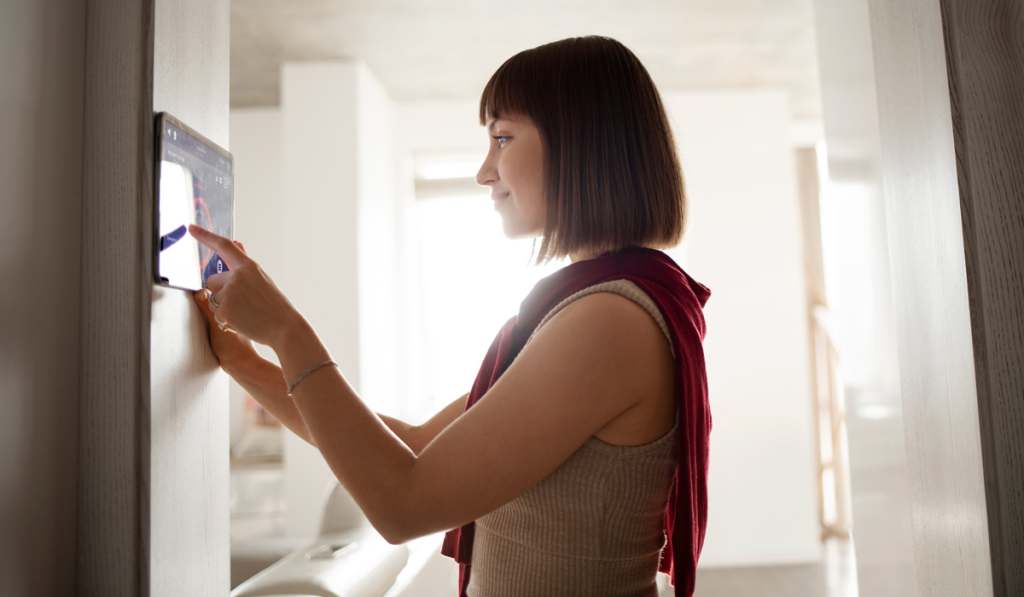3 Smart Bedroom Tweaks for Jet-Lag Recovery
You’ve cleared customs, dutifully unpacked, and promised yourself you’d “power through” the afternoon. Two days later, you’re still wide-awake at 3 a.m. and nodding off during important meetings. Sound familiar? Jet lag is a temporary mismatch between your internal clock and the local time, and its symptoms can linger for one day per time zone crossed.
For those over 40, recovery can take even longer as natural melatonin production dips and our body’s internal “reset” button becomes less responsive.
The good news is that a thoughtfully arranged bedroom can significantly cut recovery time. Think of it as your personal travel-recovery station, ready to deploy the moment you get home.
1. Master Your Sensory Cues
Your body clock, or circadian rhythm, runs on environmental cues, primarily light and sound. During travel, these signals get scrambled by airport lighting at all hours and the drone of an aeroplane cabin. Re-establishing a clear day/night cycle at home is your priority.
Start by controlling light. In the morning, get at least 10 minutes of natural sunlight before 9 a.m. to signal “wake up” to your brain. In the evening, make your room as dark as possible by using blackout curtains to block city glow and early sunrises.
If you use screens before bed, blue-light-blocking glasses can help prevent the suppression of melatonin, your natural sleep hormone.
Research confirms that environmental factors like noise significantly impact rest, with one study showing sleep efficiency can drop by over 4% due to noise exposure. The ideal sleep environment is quieter than a library, under 40 decibels.
Simple fixes like door sweeps can dampen sound, but for persistent noise, a white-noise machine provides a constant frequency that masks disruptions.
| Pro Tip: Make your room pitch-black at night with blackout curtains and use a white-noise machine to mask disruptive sounds. This powerful combo is crucial for quickly resetting your internal clock after travel. |
2. Perfect Your Physical Foundation for Deep Sleep
After hours in a cramped airline seat, your body needs deep, restorative sleep. However, if your mattress creates pressure points or fails to support your spine, you’ll be robbed of crucial recovery. Since the microclimate your bedding creates affects comfort more than room temperature, a supportive surface is key.
Look for a mattress that provides responsive support to keep your spine in a neutral position. Breathability is also key, as it helps disperse body heat and prevents you from waking up too warm.
Investing in a high-quality sleep surface like Koala’s comfortable mattress can make a significant difference, as it is engineered to cushion joints, align the spine, and minimise partner disturbance.
| Key Insight: Your mattress is a recovery tool. After the physical stress of travel, a supportive surface that aligns your spine and minimises disturbances is essential for the deep, restorative sleep your body desperately needs. |
3. Calibrate Your Atmosphere and Routine

Beyond light and sound, you can use temperature and scent to signal rest time. According to a Sleep Foundation poll, 69% of people say room temperature has a big impact on their sleep. Most people achieve the deepest slumber in a cool room, between 18–20 °C, so consider using a smart thermostat to schedule a temperature drop before bed.
Aromatherapy can also be a powerful relaxation cue. Studies show that inhaling lavender oil can increase deep-sleep time. Use an essential oil diffuser with a few drops of lavender or chamomile for about 30 minutes before bed, ensuring the room is well-ventilated.
Finally, craft a consistent wind-down routine. A five-minute stretch, a short guided meditation, or a warm bath can help release tension and prepare your mind for sleep. The key is consistency, as picking a bedtime and sticking to it helps your internal clock reset more quickly.
| Pro Tip: Create a sleep sanctuary by setting your thermostat to 18-20°C, diffusing lavender oil, and sticking to a consistent wind-down routine. These signals tell your jet-lagged body it’s time for deep rest. |
Final Thoughts
Is magnesium better than melatonin?
They serve different purposes. Magnesium helps relax muscles, while melatonin is a hormone that directly influences your sleep-wake cycle. They can be complementary, but it’s best to consult a healthcare professional before starting any new supplement.
How long should I nap?
If you must nap, keep it short. A 20 to 30-minute nap is ideal. Make sure you nap before 2 p.m. to avoid interfering with your ability to fall asleep at night.
How many days until my body clock fully resets?
A common rule of thumb is one day per time zone crossed. However, by implementing these bedroom strategies, many travellers report feeling back to normal in about half that time. Jet lag might be inevitable, but extended misery is optional.
| Author Profile: Koala is a leading online furniture brand creating better furniture experiences for modern homes across Australia, Japan, and the United States. |



